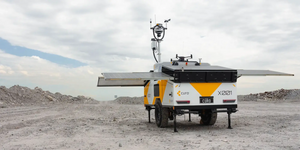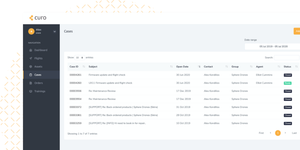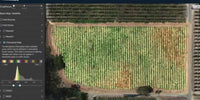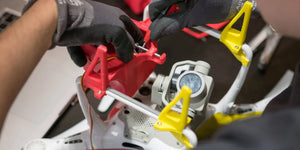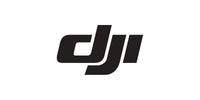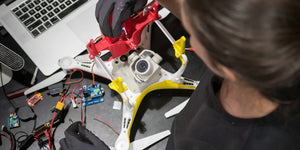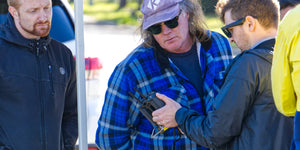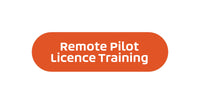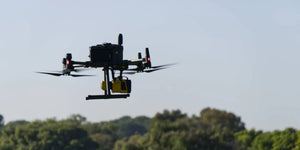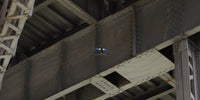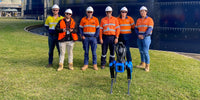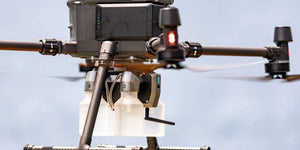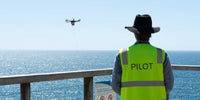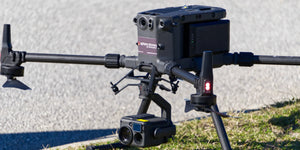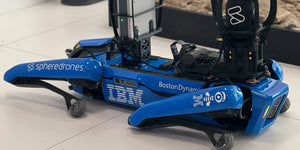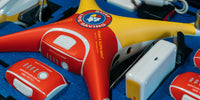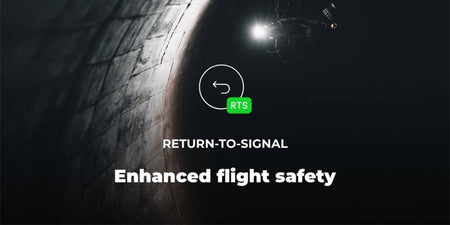The Flyability Elios 2 has allowed a Swiss-based company to reduce its diesel tank inspection costs by a massive 96% or around $35,000 (AU$46,000). The tanks are used to hold diesel for the Geneva Airport and transport tankers.
Local laws require the tanks to be inspected regularly, ensuring no cracks or defects in the outer wall. The tanks are also located in a heavily populated area, meaning an explosion would be devastating. The tanks were built back in the 60s with an operational life of about 50 years, surpassing.
The current method
The oil depot in charge of the diesel tanks and keeping them safe and operational. The tanks are currently inspected by a team that builds scaffolding inside them to about 20 meters high. The team then climbs the scaffolding with harnesses to keep them from falling.
As the tanks still have residue from the diesel when the inspections occur, everyone in the tank must wear an explosimeter, which detects gases in the air that could cause sparks, flames, or explosions. If gases are detected, getting out of the tank reasonably fast is easier said than done, especially from the top of the scaffolding.
The tank's scaffolding takes a week to build up and another week to take it back down. This results in a cost of around $34,500 (AU$45,000). Purging the diesel from the tanks for this two week period costs the company an estimated $2,000 (AU$2,600), totalling the inspection cost to just under $37,000 ($AU48,600).
Elios 2, the problem solver
Now that the inspection team uses the Flyability Elios 2, there is no need for the scaffolding or anyone entering the tanks. Reducing the costs right down to the purging fee and the minimal costs to maintain the drone. On top of that, the inspection time has been reduced to just four hours, allowing work to resume at a much faster rate.
All of the welds and connections on the tanks need to be checked for cracks and other weakness signs. The Elios 2 was able to do this in the moment while recording 4K video for inspection later, ensuring nothing is missed. The adjustable lighting system on the Elios 2 also ensured every nook and cranny could be closely looked at.
The drone's distance lock feature was used to keep the drone inspecting the welds from a certain distance. This allowed the drone to stay at the same distance while it made its way around the tank. The GPS-free flight mode also played a part in ensuring the drone stayed where it needed to be.
